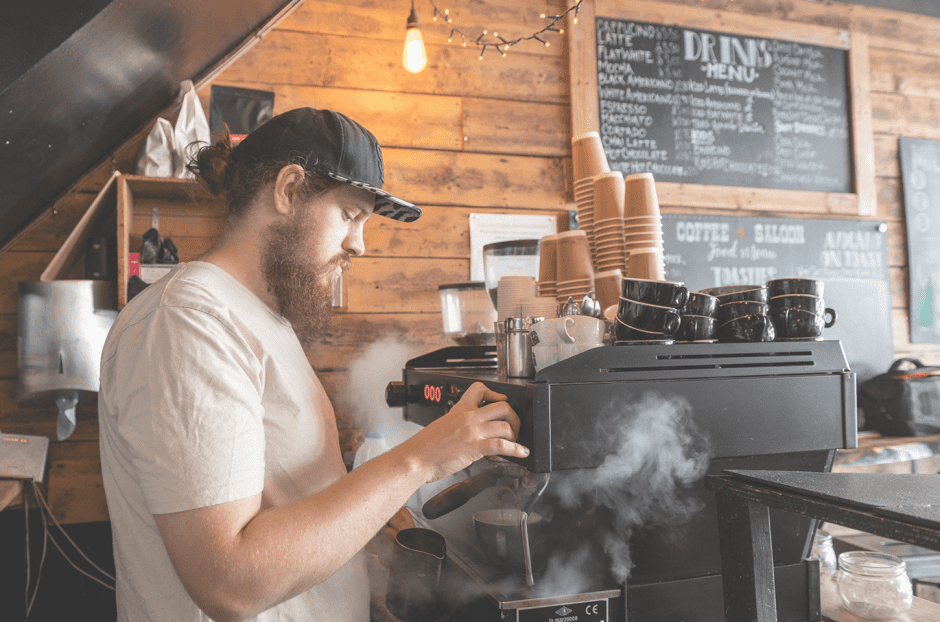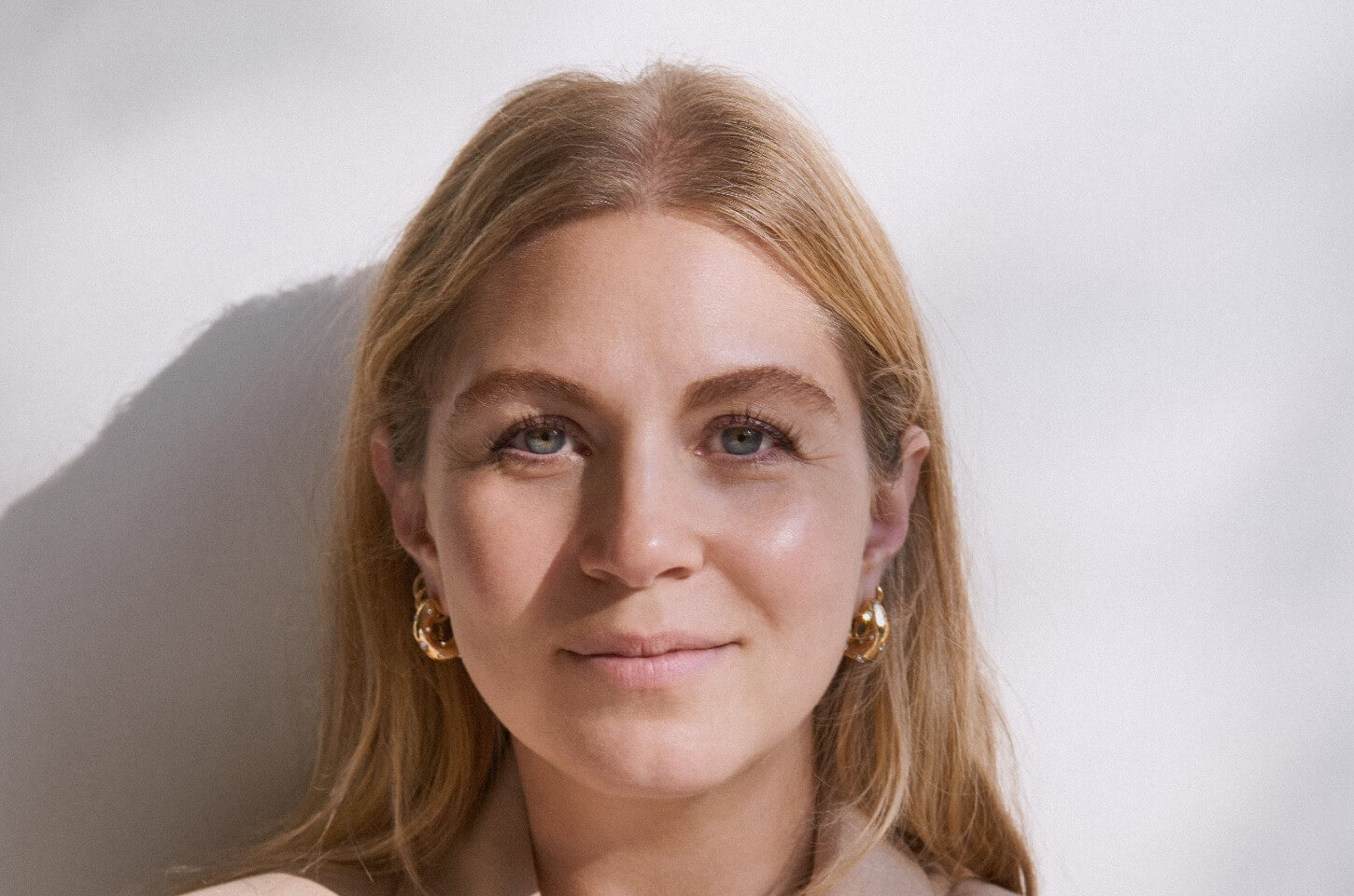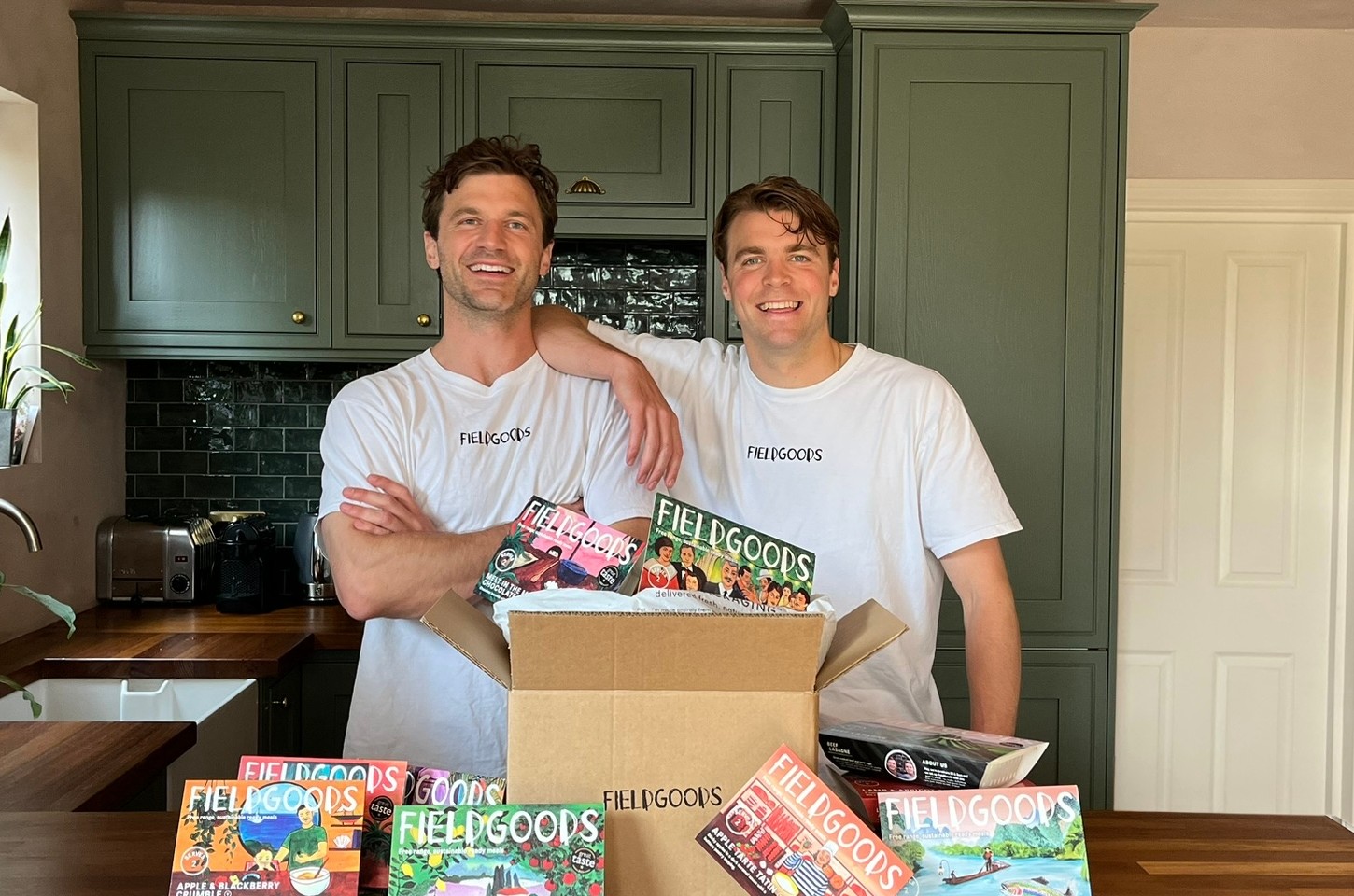Coffee: Single Origin vs. Blends
Guest Writer David Barter fills us in on everything you need to know about single origin vs blends, allowing you to make the most informed decisions when it comes to your morning cup of coffee

What’s the difference and am I choosing the right one?
We’ve all been in our local coffee shop and seen something displayed along the lines of “a single-origin Nicaraguan Gesha V60 coffee, accentuating crisp acidity through florality”. Most of us probably look at these descriptors of drinks as gibberish, another way to alienate the consumer base. But has the point of hyponymy been missed when it comes to the beverages we consume? These specific descriptions at face-value are daunting and can cause a sense of bewilderment when trying to distinguish what it is that we are after.
What is the significance of all these words and why do they matter?
If we take the previously mentioned coffee as an example, each detail tells us something about the end product that can influence whether or not we’ll like the drink before we buy it.

Photo: Phoebe Reeks Photography
Single-origin is a phrase that gets chucked around a lot but a good majority of the customer side in the coffee industry don’t know what that means. Simply put, it refers to the coffee coming from one singular geographical location, opposed to blends that often mix the sourcing locale.
The difference between single origin and a blend is quite substantial when looking at what they have to offer the profile of a cup of coffee. They both have different aims in what they’re purposed for; a single origin is used to highlight the characteristics of a growing region, this might be as broad as a region as large as a county or state, or as narrow as a singular plot on a coffee estate. Blends, however, are used to target a specific flavour profile and so can change what goes into that blend to create those flavours.
Which one is better?
If we break down each one individually then anyone can surmise their own judgement to which suits their coffee needs best.
Coffee blends, as mentioned before, are designed to create a specific flavour profile, the roaster has a large influence as to what coffee is used to create this. The benefit of doing this is that year round, access to this coffee is going to be available as certain crops fall out of harvesting season, other coffee beans can be sourced that will share the same characteristics. This means you can enjoy it all year without having to change what you drink, a great comfort for those that like to stick to what they know. Because blends are designed around flavour and not source, it also means that the roaster can find cheaper beans that are use to create the blend which also means it’s cheaper for the consumer to buy at the end of the chain.
However, being cheaper also means that the quality of the coffee is less likely to be as high a grade, this isn’t always the case but it allows imperfections to be masked by other coffee in the blend. This isn’t a huge problem as it can still produce a good cup of coffee but this is what we can expect from the big chain brands like Costa, and starts to formulate the bigger picture of why these brands often lack substance.
Blends also don’t focus on the area that the coffee comes from that tells us, the consumer, a story about the journey from bean to cup and so isn’t as exciting an experience. This might not seem a negative factor but it makes it much harder to trace the characteristics of the coffee we’re enjoying, back to the source it came from (we’ll return to this point later).
Single origin coffee is often the reverse of of the pros and cons of blends, with some notable points. It is often used as a feature or showcase coffee in a shop, and that’s because it is roasted and brewed to show off its unique characteristics. Because they rely solely on the profile of that origin, there is less room to hide imperfections in the taste and so they tend to be of better quality, although this can’t be transferred across every example. Interestingly, a single origin doesn’t have to use exclusively the same varietal of coffee and often multiple types of coffee beans can be grown within an estate or cooperative. At first glance this may seem like a blend but the key difference is that the single origin will still be sourced from the same localised area.
Single origin coffee can come at a cost though, as the quality, varietal and processes all factor in at the price the consumer ends up seeing, you often pay for the standard of coffee which is where the seemingly absurd prices start to appear. Single origins also undergo supply shortages as they are seasonally harvested, it means that it is uncommon to be able to source the same bean 12 months of the year. This obviously stops us being able to rely on one coffee so you have to switch up what you drink depending on what’s in season which based on what sort of preferences you have, could be a good or bad thing.

The unique characteristics of a coffee was mentioned a couple of times throughout and this is an important part of understanding what we are looking for in whatever coffee we are after. The key to unlocking enjoyment in coffee is understanding what it is we like about it. This might be a dark roast, with the intense flavours we associate with dark chocolate, caramel and rich fruits like dates; the kind of coffee that blows your brain out your head. But maybe instead it’s an easy going drink, that’s quite mellow, maybe tastes fruity like pineapple or raspberry. These taste profiles more or less resemble growing regions or the level of roasting the beans have gone through, so if you find something you like but can’t get it again from the same place you can search, for example, for another Columbian coffee because it’s a safer option that you’ll enjoy that experience.
So really there is no better option when comparing the two different styles, what it really comes down to is personal preference and what you’re willing to pay for that.
For me, it’s always single origin, I enjoy experiencing the stories from all over the world that produces my daily fix and I also understand that experience comes at a cost which I view as an investment. For other people, they may be on a budget or they might want something that’s consistent everyday because they like it and there is absolutely nothing wrong with that. So whatever it is you choose, know that you’re not picking the wrong option, but maybe you’re now equipped with more transparency to judge better.






